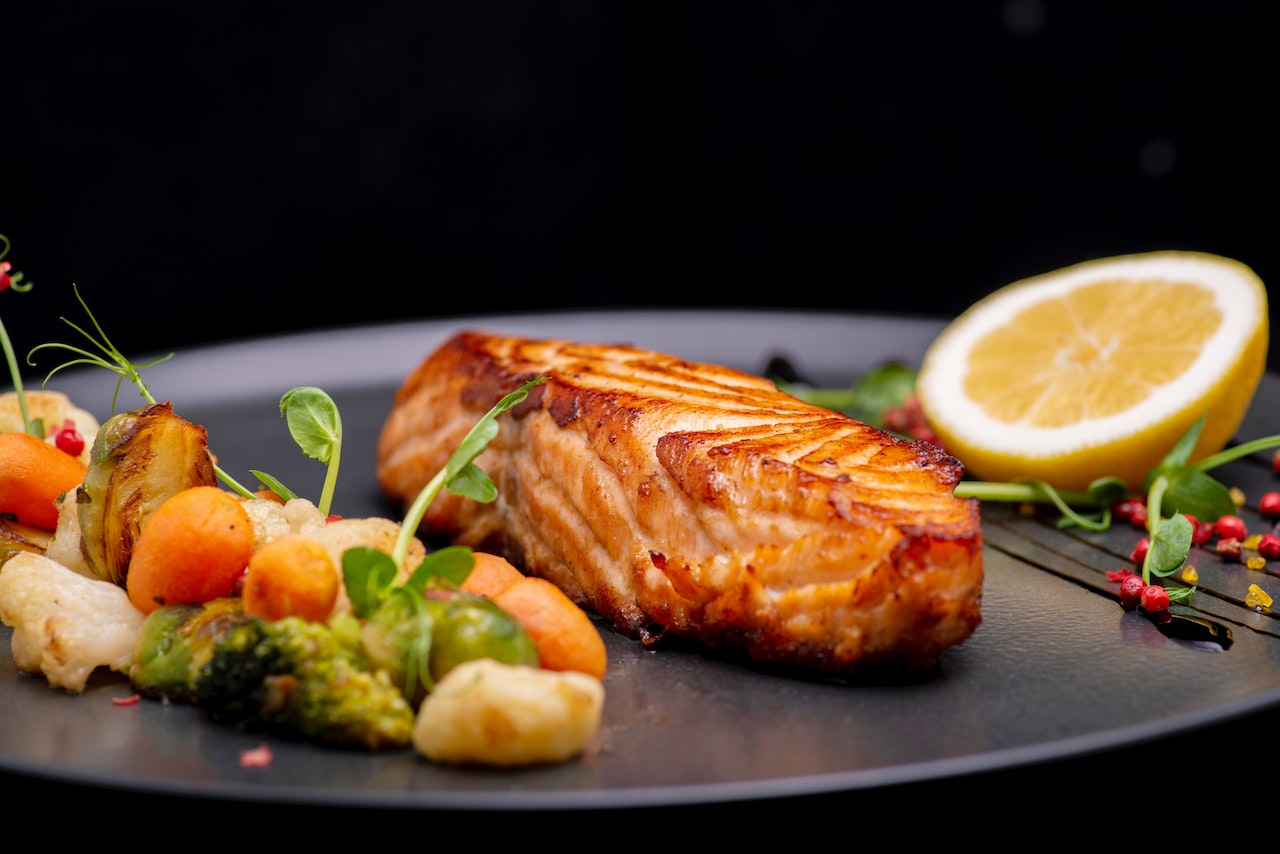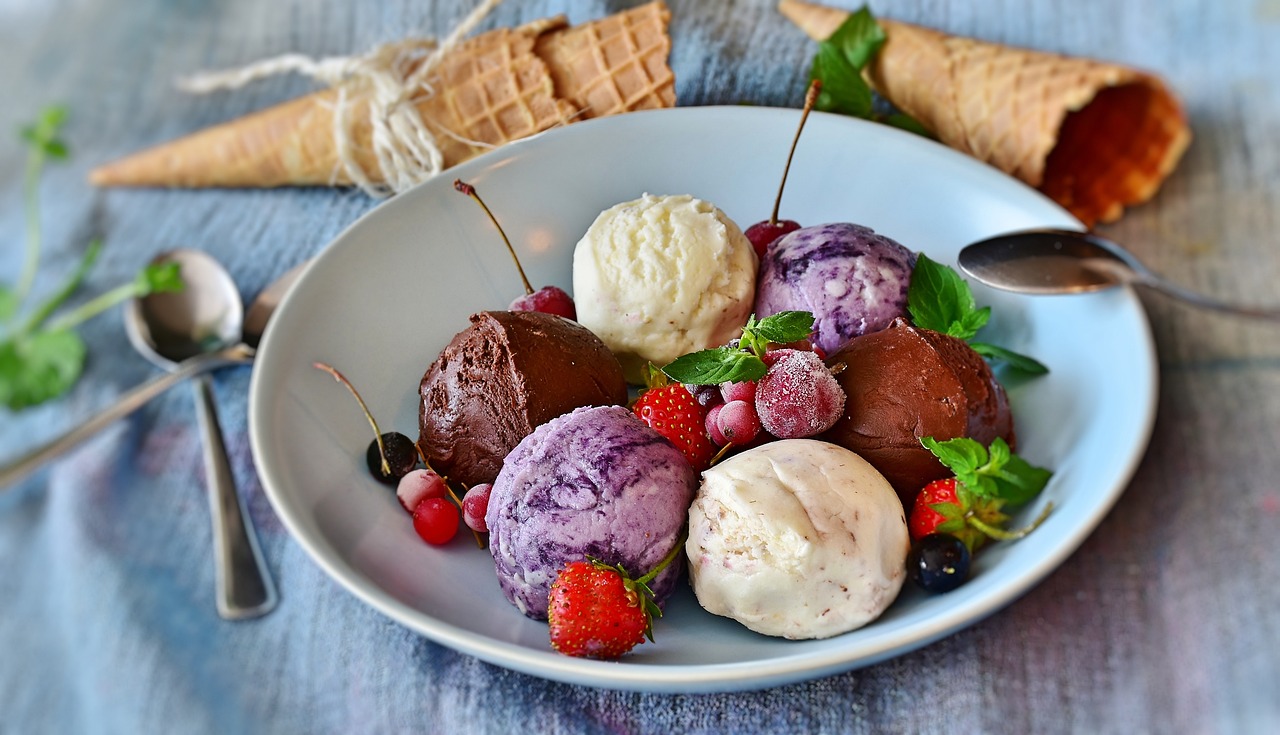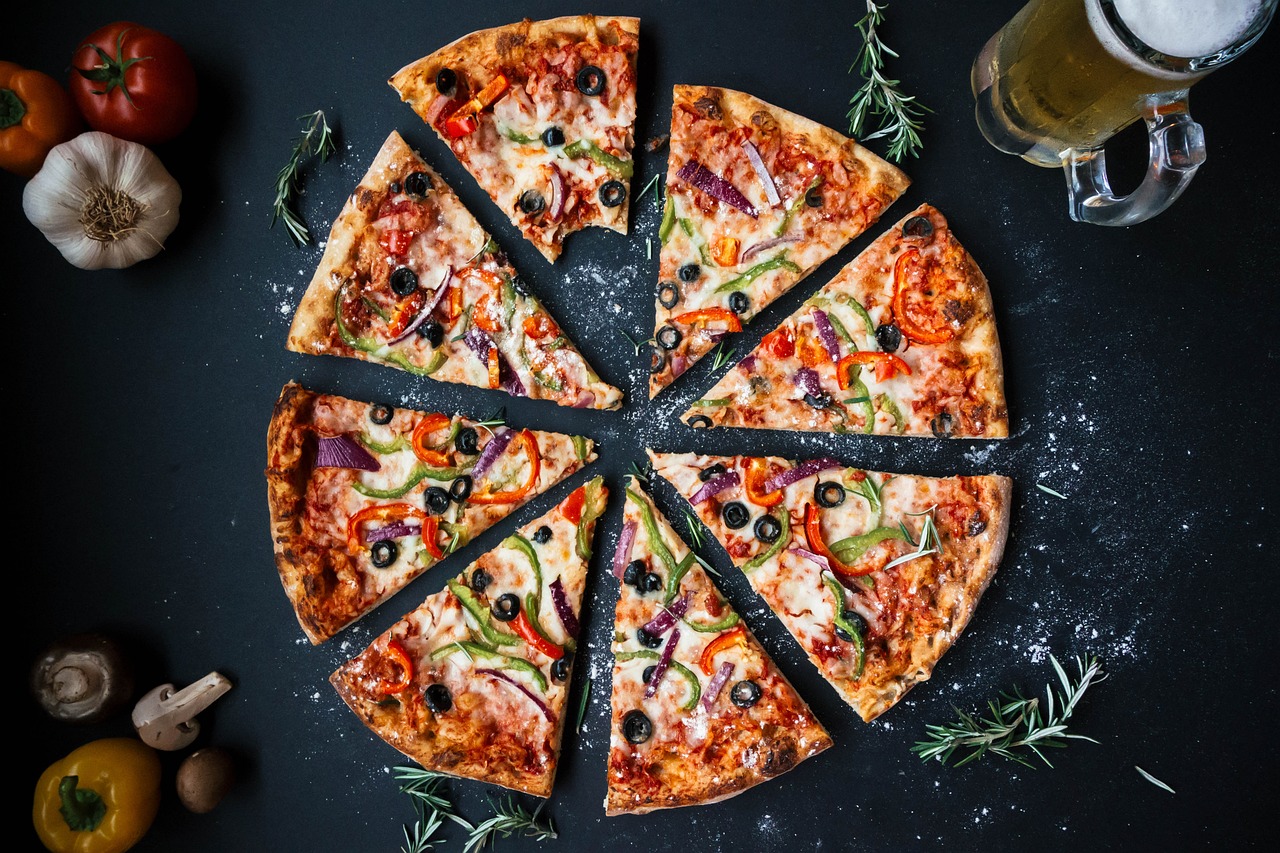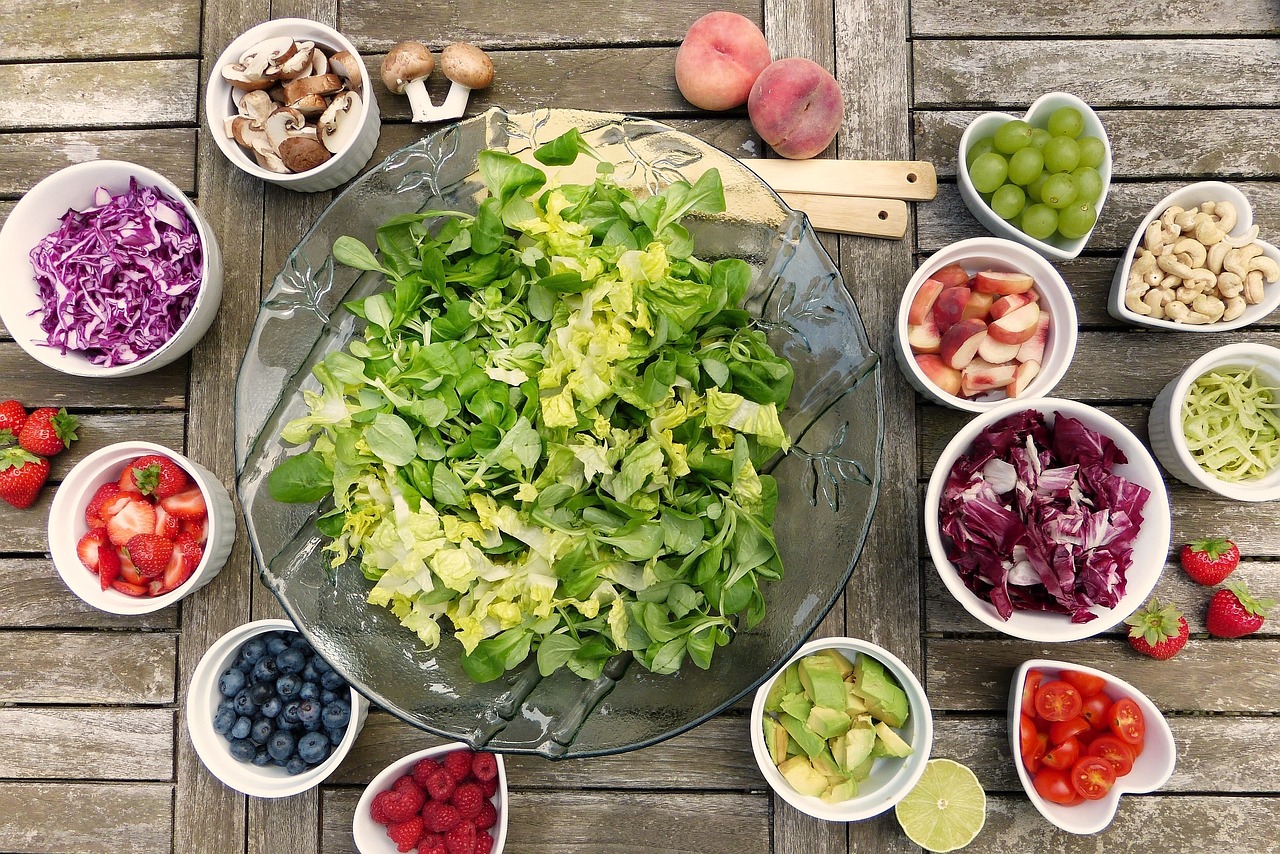Salmon. Oh, that finned ambassador of the sea, that poster child of omega-3 fatty acids, that slightly boujee protein choice that has you feeling like you’re making “adult decisions” when you put it in your shopping cart. Yes, we’re talking about the king of fish — no, not Nemo — the ever-fabulous salmon! But how does one cook this aquatic diva without turning it into a dry, flavorless tragedy? Brace yourselves; I’ve got the insider scoop.
Step 1: Picking Your Fish — Because You Absolutely Can Judge a Fish by Its Cover
Alright, let’s start at the very beginning, a very good place to start — if you’re Julie Andrews, that is. We’re not making a musical here; we’re cooking salmon. And it starts with picking out your specimen.
Don’t just grab any hunk of fish. Oh no. Look for something that shouts “I am the Jennifer Lawrence of the sea.” Firm, bright orange-pink flesh, and no, not the kind of bright orange you see on reality TV stars. We’re talking natural beauty. Also, don’t forget to do the sniff test; it should smell like the ocean, not like it crawled out of it and died a week ago.
Step 2: To Skin or Not to Skin?
It’s the Hamletian question for the culinary world. Should you keep the skin on your salmon or attempt to remove it like you’re skinning an apple? Well, here’s a thought: keep it. Why? Because crispy skin is like the bacon of the sea, and we all love bacon. Also, it keeps your salmon moist, as the skin is a built-in moisture lock mechanism. Science.
Step 3: Marinades, Rubs, and Seasonings — The Spice of Life
What’s that? You want to cook your salmon with just a pinch of salt and a prayer? Well, you could, but you could also watch paint dry for entertainment. Seriously, folks, if salmon were a Facebook profile, it would be listed as “It’s Complicated.” You can’t just throw it on a grill and expect miracles.
Time to marinate or rub some spices onto that bad boy. Whether you’re a “let it soak overnight” purist or a “fifteen minutes is fine” opportunist, just make sure you give it some flavor. A little garlic, a dash of dill, perhaps some lemon for zesty flair — like adding a pocket square to a tuxedo, it completes the ensemble.
Step 4: The Art of Cooking — This Isn’t Your Grandma’s Fish Fry (Unless Your Grandma Was Julia Child)
So you’ve chosen your method of cooking. Congrats, you’re one step closer to avoiding food poisoning. Let’s delve deeper into each of these cooking methods, shall we? You don’t have to commit like it’s a marriage proposal; you can cheat on grilling with pan-searing anytime. Scandalous, I know.
Option A: Grilling — The Charred Path to Glory
Ah, grilling, the caveman’s microwave. Great for achieving those ego-boosting char marks. Preheat that grill to a medium-high heat — think sunburn, not third-degree burn. Oil the grill grates; otherwise, your salmon will stick and you’ll be serving salmon scraps. Slap that fish on, skin-side down, and do not — I repeat, do not — press it with a spatula. You’re not giving it a massage; you’re cooking it. Close the lid and let the grill work its magic for about 6-8 minutes per inch of thickness.
Pro-tip: Use a fish-grilling basket if you don’t want your salmon turning into the Leaning Tower of Pisa mid-flip.
Option B: Pan-Searing — Because Your Stove Needs Love Too
Imagine cooking as theater; pan-searing is the dramatic monologue that brings the house down. Preheat your pan over medium-high heat. Add some olive oil, just enough to coat the bottom — you’re cooking, not making a slip and slide. When the oil is hot enough to look like it’s shimmering but not smoking like it’s auditioning for a Cheech & Chong film, in goes the salmon, skin-side down. Cook for 4 minutes, resisting the temptation to move it around like it’s a puzzle piece. Then flip and cook for another 3-4 minutes.
Pro-tip: Toss in some minced garlic and a tablespoon of butter after flipping for a gourmet twist. Swirl that around and you’ve got yourself a pan sauce.
Option C: Broiling — The Lazy Man’s Grilling
Ah, the broiler, a.k.a. the grill’s introverted brother that lives in the basement. This method is great for the time-crunched among us. Preheat the broiler, place your marinated or spiced-up salmon on a baking sheet, then slide it under that fiery overhead abyss. Broil for about 8-10 minutes, but keep an eye on it. Trust me, it goes from ‘fabulous feast’ to ‘fire alarm’ quicker than a TikTok video.
Pro-tip: Want to add some pizazz? Top the salmon with some thin lemon slices before broiling for a citrus-infused crust.
Each method has its merits and pitfalls. But remember, dear culinary adventurer, the journey is as important as the destination. Choose wisely.
Step 5: The Importance of Temperature — It’s Not Just Small Talk for Weather
You thought we were done? Oh, honey, we’re just getting to the juicy (literally) part. Internal temperature is like the credit score of your fish; it determines how well you’ve played the game. While cooking, aim for an internal temp of 145°F (63°C). Lower than that and you’re in sushi territory; higher and you might as well use it as a hockey puck.
You can check the temperature using a meat thermometer, a tool so essential, yet so neglected, it might as well be called the Rodney Dangerfield of kitchen gadgets — it gets no respect. Stick that thermometer in the thickest part of the salmon and wait for the magic number.
Step 6: Know When to Fold ‘em — Or at Least, Take Them Off the Heat
In the immortal words of Kenny Rogers, you got to “know when to hold ’em, know when to fold ’em, know when to walk away,” and for the love of all that is holy, know when to take your salmon off the heat. Even after you’ve turned off the stove or grill, that salmon will keep cooking, like a soap opera that refuses to end. This phenomenon is known as carryover cooking. So, take it off the heat just a smidge before it hits your desired temperature. Kenny Rogers would be proud.
Step 7: To Garnish or Not to Garnish — That Is the Question
By now, you’ve probably made a salmon that could bring a tear to the eye of Gordon Ramsay — or at least not make him shout expletives. But wait, should you garnish it? A little sprinkle of parsley? Maybe a lemon wheel for a citrusy aroma? How about a sprig of rosemary for that rustic, Instagram-worthy shot? Sure, go ahead, make it pretty. It’s already an overachiever in the taste department; might as well give it some beauty points too.
Step 8: The Final Frontier — Eating (duh!)
At last, the moment you’ve been waiting for — the eating part. By now, your salmon should look like it was kissed by angels and tastes like it’s been sent directly from Poseidon’s personal chef. Flaky but moist, seasoned but not overpowering, this fish is the stuff of legends.
Don’t rush this part. Savor every bite. Revel in your culinary prowess. You’ve done what few dare to do: you’ve conquered the diva of the sea. Pat yourself on the back, post it on social media, let the world know you’ve joined the elite ranks of salmon whisperers. Your life will never be the same.
And there you have it, folks. A comprehensive, step-by-step, semi-sarcastic guide to cooking the world’s most finicky, yet utterly fabulous fish. May your plates be ever in its favor.



